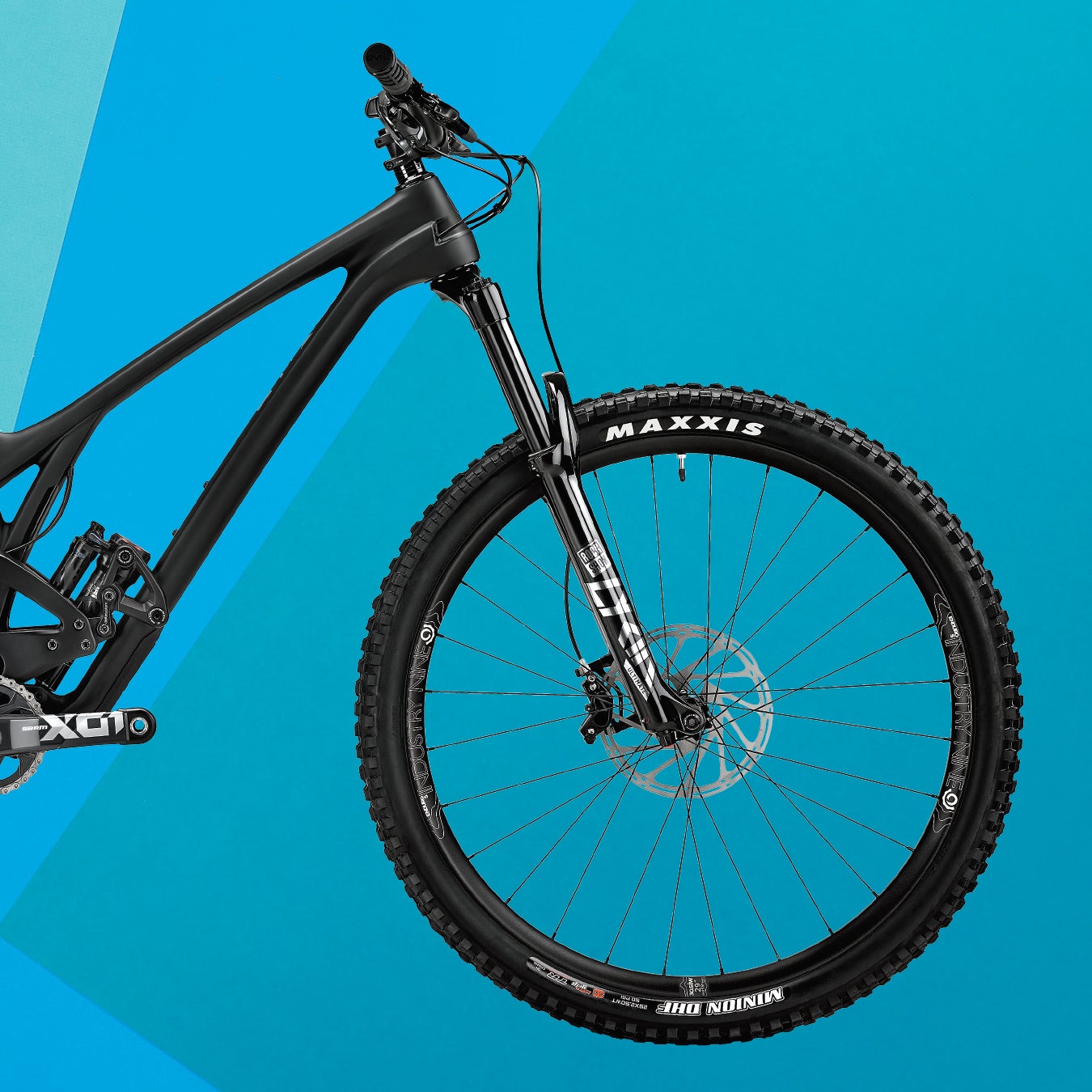Evil Offering ($7,599 as tested)
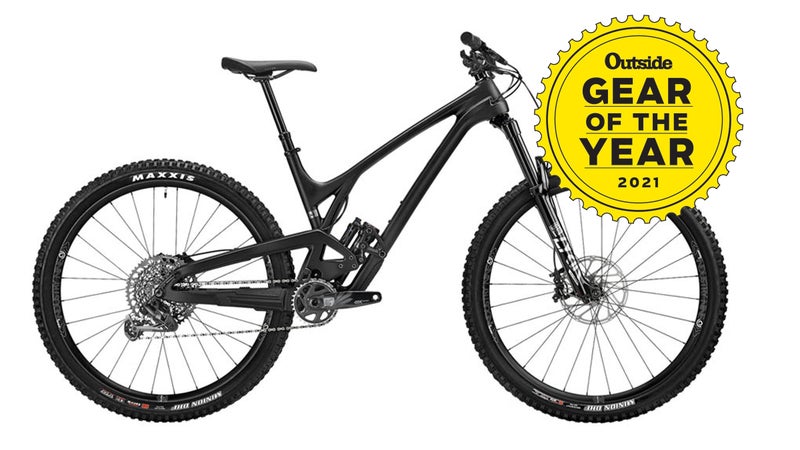
Over the past two seasons, we鈥檝e seen a resurgence of well-rounded mountain bikes with 140 to 160 millimeters of travel. These are the models most mountain-bike riders should consider when shopping for one rig to cover the broadest range of terrain. Evil鈥檚 Offering hits the sweet spot, with 140 millimeters of very efficient rear suspension mated to a 150-millimeter fork on 29-inch wheels. It鈥檚 a long bike, but its 66.6-degree head angle is not the slackest in the category. That鈥檚 a good thing. We鈥檝e found there are limits to how long and slack a trail bike can be before it feels like an under-shocked downhill bike. The best in this category blend frame geometry and suspension to produce an agile yet confidence-inspiring ride. The Offering nails this cocktail. Thanks to that rangy wheelbase, it鈥檚 eager to blast through rock gardens, while the moderately slack front end boosts maneuverability and lends an energetic feel on flow trails and jump lines. But the Offering balances that descending prowess with impressive aptitude on climbs. Credit a steep, 77-degree seat-tube angle that shifts the rider鈥檚 weight forward to tackle climbs and tight switchbacks with ease. Ultimately our testers appreciated how playful the Offering felt on a wide variety of terrain. Whether we were sending park lines with berms and jumps, or riding natural trails littered with roots and rocks, it was a steadfast companion.
Salsa Cassidy ($6,399 as reviewed)
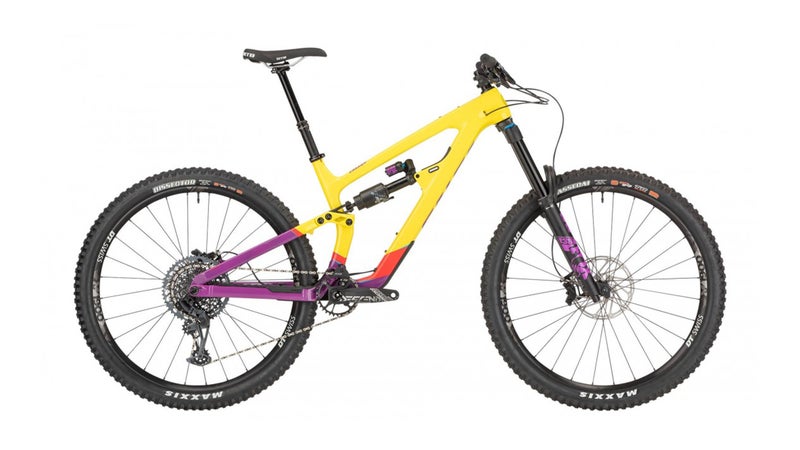
Best Long-Travel Enduro
Salsa is best known for its gravel, adventure, and fat bikes. So we were surprised that the brand would launch not one but two new 29-inch mountain bikes: a trail model called the Blackthorn, and an enduro bike (the brand鈥檚 first) called the Cassidy, which boasts 180 millimeters of front travel and 165 millimeters of rear suspension. Initial skepticism of Salsa鈥檚 entry into the crowded enduro category gave way to hoots and hollers of excitement as our testers put the Cassidy through the wringer. It outclassed its competitors in performance, thanks in part to the highly tunable Fox Float X2 shock and ground-hugging Split Pivot suspension system. The long wheelbase and slack 63.8-degree head angle favor high speeds and reward riders with a daredevil attitude. Thoughtful frame features, such as integrated mounts for a repair kit and feedbag, prepare it for daylong missions on rugged terrain. But that鈥檚 not all. Riders can swap in a suspension linkage ($150 from Salsa) and fork and shock (choose your own) to transform their backcountry brawler into the Blackthorn trail bike.
Revel Ranger ($7,699 as reviewed)
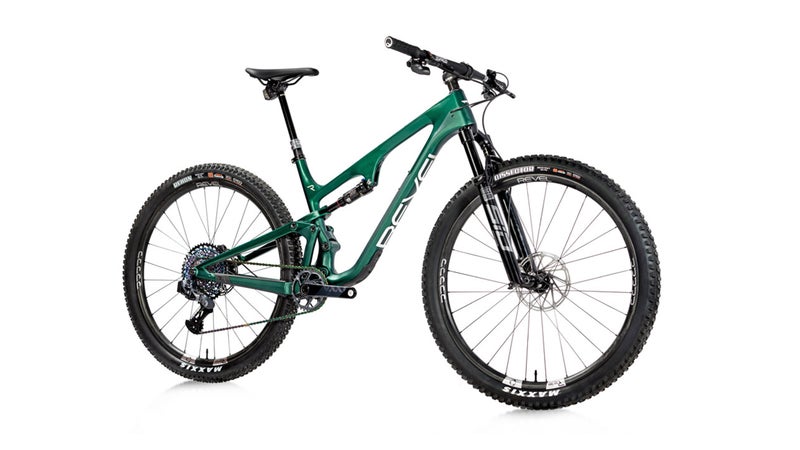
Best Short-Travel Cross-country
Revel鈥檚 29er trail bike, the Rascal, won our Gear of the Year award in 2020. This year, the upstart Colorado company rolled out the Ranger. The modern cross-country rig blends the pedaling efficiency of a thoroughbred race bike with the confident handling we鈥檝e come to expect from the best trail offerings. There are lighter, more purpose-built options in this category, but none in our test had the same poise through rocky terrain or left us as excited (and delightfully exhausted). The Ranger鈥檚 suspension is efficient on the climbs, but on trails usually reserved for long-travel bikes it allowed us to push far beyond what we expected out of a rig with just 115 millimeters of rear travel and a 120-millimeter fork. The Ranger is for those who like cross-country suffering with a side of stoke. It鈥檒l be our weapon of choice for grueling stage races.
Kona Honzo ESD ($2,899 as reviewed)
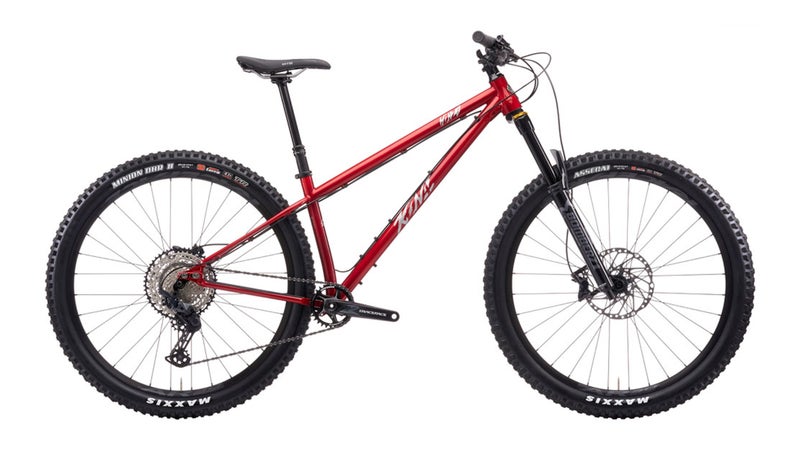
Best Hardtail
Launched in 2012, Kona鈥檚 Honzo was one of the first 29-inch hardtails with modern long-and-slack geometry. The new Honzo ESD (Extra Slack, Dude) pushes the envelope with a 150-millimeter suspension fork and a very relaxed 63-degree head angle. The raked-out front end gives this steel hardtail a point-and-shoot demeanor when it comes to riding fast. As a result, unlike most hardtails, the ESD performs best on the same trails you鈥檇 ride on a full-suspension bike. Our testers had many different reasons for loving it. Some appreciated the combination of a hardtail鈥檚 pedaling efficiency with the fit and ride feel of an enduro rig. Others saw it as the ideal bad-weather bike that won鈥檛 start creaking in the suspension pivots. We all enjoyed how it made well-worn trails feel new again. The lack of rear suspension kept us more engaged, alert to upcoming obstacles and attentive to line choice.
Trek E-Caliber ($12,999 as reviewed)
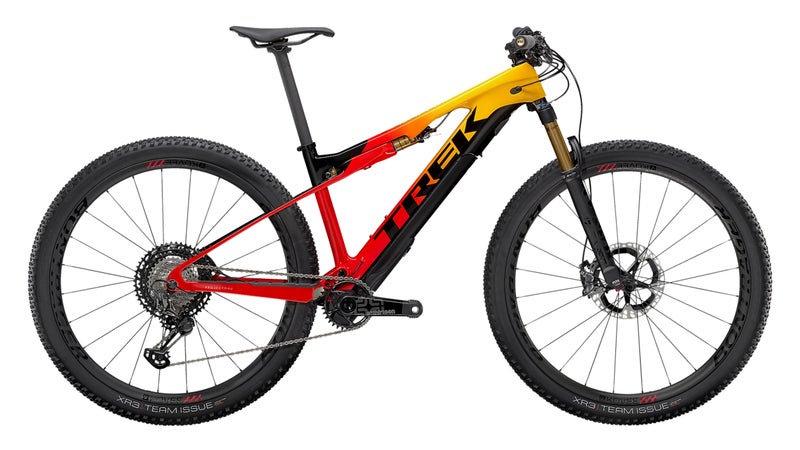
Best E-Mountain
Most e-mountain bikes fall squarely into the trail category. The E-Caliber is a disruptor. This lightweight, 35-pound ride is built around Trek鈥檚 Supercaliber cross-country racing platform (with 120 millimeters of front travel and 60 of suspension at the rear) and adds a bit of motorized assistance. It鈥檚 fast and nimble, perfect for cyclists who want speed and efficiency without too much excess weight. Unlike most e-bike drivetrains, the Fazua Evation system merges the motor and battery into a single removable unit. It provides a boost of power up to 20 miles per hour but also comes off, so you can pedal unassisted without extra drag and weight. (Ditching the system saves 6.4 pounds.) An included downtube cover turns the space into a cargo pod when you take the electric-drive unit off. As expected, the E-Cal made us feel like the World Cup racers we wish we were, but the real benefit was that we were more willing to ride, rather than drive, to our favorite trails. Logging more miles in the same amount of time is a win in our book.


